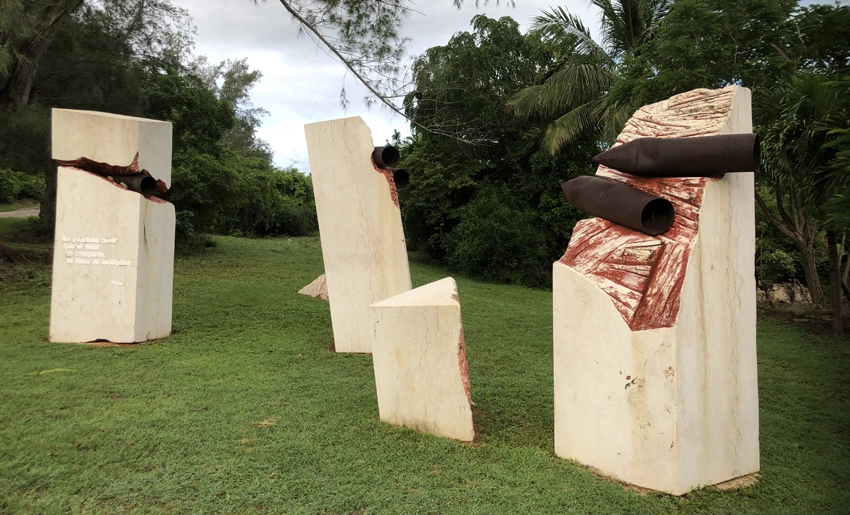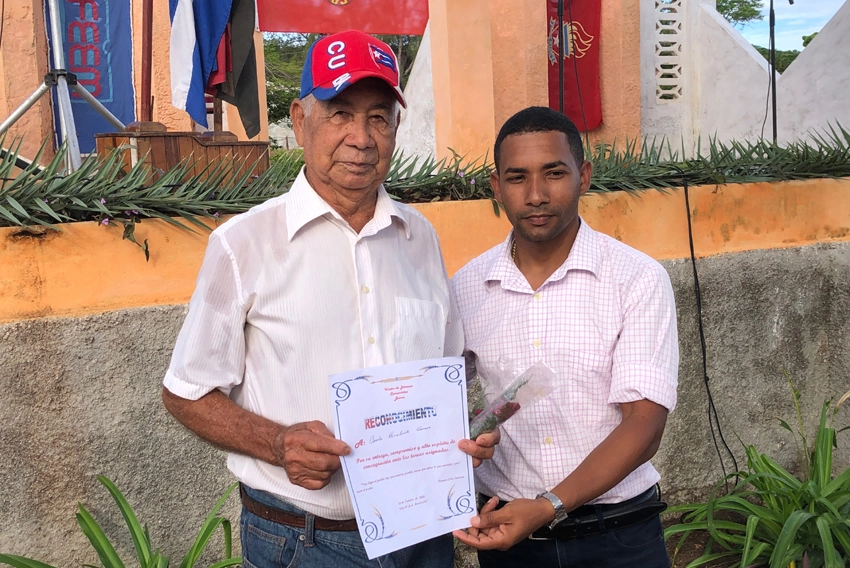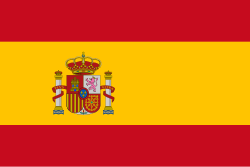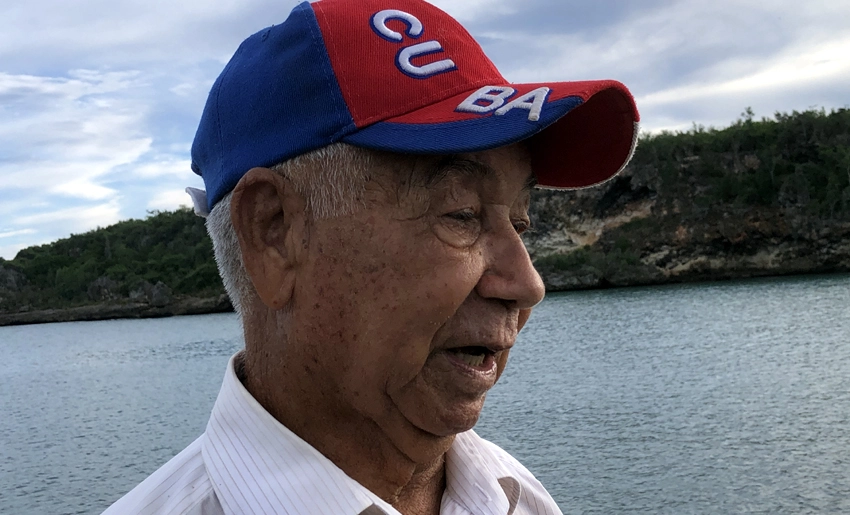In 1971, Boca de Sama was a small coastal hamlet, located about 70 kilometers from the city of Holguin. Inhabited by peaceful, friendly people who saw fishing as a way of life amid the peaceful calm of the natural landscape.
On October 12th of that year, the usual tranquility was shattered by a North American mercenary attack. Which left two dead, several wounded, and a lasting pain that, 54 years later, still lives among its inhabitants.
Much has been written about this story. It is a terrorist act that shocked Cuba, as it was one of the saddest attacks against the island in the post-revolutionary years. However, you have to walk there to understand its true significance.
Not a day goes by that the Chinese don’t think about it. This is how Carlos Andrés Escalante Gómez is known. He was in charge of the military command of the place that fateful night. As he walks along the coast, he recalls what that day was like. Before speaking, he wipes away a tear.
“At dusk on October 12th, we began to observe the boat on the horizon. It was coming toward us. As night fell, it approached the coast, and we raised the alarm. We divided into groups of two and three to provide greater protection.
“When everything was dark, the only sound we could hear was the noise of that very powerful engine. We defended the boat, unaware that the enemy command had landed near the mouth. They were already prowling around the town when we checked their positions.
“That night, when we went to meet the invaders, I managed to occupy the door of the tent. I halted and fired with the weapon I was carrying. With a long burst from an AR-15, I was shot five times in the left leg and three times in the right.
“I was even lucky, because the shots missed me and I fell on the steps. My companions didn’t: they were shot in the chest. At the level of the lung, and their death was instantaneous.”
He pauses before continuing. It’s not easy to reimagine the faces of Lidio Rivaflecha Galán and Ramón Antonio Sian Portelles. They left this world at 32 and 24, respectively. Both left their children orphaned and a void in their loved ones that remains to this day.

“The invaders fled in disarray, leaving a trail of blood. Due to the brevity of the action, they cut the ropes of the grappling hooks and rushed to the boat at high speed. Once mounted, they attacked the village. The houses were very rustic, in poor condition.
There were other injuries and fear, great fear that this could happen again. People gathered their belongings at night and fled in terror to nearby villages. It took some time before the inhabitants could feel safe. The support of Commander Juan Almeida was crucial.
“The most difficult moment of my life was losing my comrades. I will carry that in my soul for as long as I live.”

By: Jorge Alejandro Fernández Pérez
- Acinox in Holguin Expands Product Sales - 28 de November de 2025
- The University of Medical Sciences Receive an Excellence Accreditation - 28 de November de 2025
- A Happy and Fulfilled Woman in the Laboratory - 28 de November de 2025

